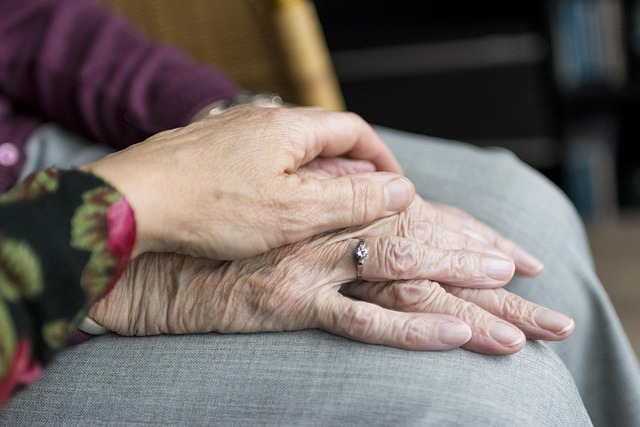
Situational Roles: Navigating Communication in Relationships
In the intricate web of human interactions, communication serves as the cornerstone of our relationships. Yet, the effectiveness of communication can vary dramatically depending on the situational roles we adopt. Understanding these roles is crucial for fostering deeper connections and resolving conflicts.
Situational roles are the roles we naturally assume in different contexts. For instance, in a family gathering, you might take on the caregiver role when caring for younger siblings, while at work, you might adopt a leadership role during team meetings. These shifting dynamics can influence not just how we communicate, but also how we affect those around us. It’s essential to recognize these roles and adjust our communication style accordingly to maintain healthy relationships.
Consider a common scenario: a couple faces a disagreement over household responsibilities. If one partner assumes the role of the organizer,” trying to delegate tasks, while the other takes on the “rebel” role, rejecting the set structure, misunderstandings arise. Each partner’s approach to the conflict is colored by their situational role, creating a communication barrier. It’s vital to break this cycle by shifting awareness of our roles and addressing the issue collaboratively.
Relationship advice often emphasizes the importance of active listening. This skill is crucial in navigating situational roles. When you actively listen, you signal to your partner that their perspective is valued. This does not only bridge communication gaps but also encourages empathy. For instance, if one partner is frustrated about unmet expectations, acknowledging their feelings first can diffuse tension and open the floor for a more constructive conversation.
Another essential aspect of navigating situational roles is being adaptable. Relationships thrive on flexibility. When you find yourself stuck in a particular role, like the peacemaker or the architect, it’s essential to recognize when to step back and let your partner take the lead. Switching roles can enable a more balanced exchange of ideas and responsibilities, leading to a healthier partnership.
Moreover, awareness comes into play when we identify the roles we are projecting. Communication is not only about speaking but also about non-verbal cues. Your body language, tone, and even silence convey messages. If you’re adopting a defensive role in an argument, your body language may reflect that. Recognizing this can allow you to consciously choose a more nurturing or open role instead.
In navigating emotions tied to situational roles, it can also be beneficial to practice self-reflection. After conflicts or discussions, take a moment to consider what role you assumed and how it affected the communication process. Did you inadvertently take on the role of the critic? Or perhaps the victim? Recognizing these patterns allows you to shift towards more productive roles in future interactions.
To effectively manage situational roles in relationships, establish open dialogues about your needs and roles. For example, lay out how you perceive responsibilities and emotions to create shared understanding. This clears the air, ensuring both partners feel heard and valued.
Ultimately, navigating situational roles in communication is an ongoing journey. By embracing flexibility, practicing active listening, and ensuring open and honest discussions, relationships can flourish in a supportive environment where both partners feel empowered to express themselves. Remember, it’s not just about finding your voice but also about harmonizing with your partner’s to create a symphony of understanding.


